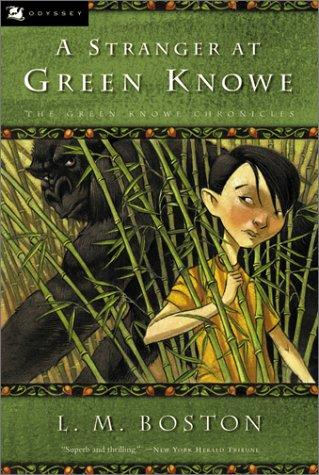Travels with Tarra
This book tells the tale of one captive elephant and her devoted human caretaker, who realizes that Tarra's needs as an elephant are more important than anything else in their life together.
Tarra & Bella: The Elephant and Dog Who Became Best Friends
After retiring from the circus, Tarra became the first resident of the Elephant Sanctuary in Tennessee. When other elephants moved in and developed close friendships, only Tarra remained independent - until the day she met a stray mixed-breed dog named Bella.
Just For Elephants
Shirley spent years as a circus elephant and then a zoo elephant. When she is finally moved to the Elephant Sanctuary, Shirley recognizes another elephant, Jenny, and greeted her with great excitment and joy. Jenny had been a baby elephant at the circus where Shirley had worked so long ago. (Elephants do remember!)
All the books were written by Carol Buckley who is the co-founder and president of The Elephant Sanctuary in Tennessee. She arranged for the release of and provided care for 24 elephants at the Sanctuary over 15 years. Learn more about her, the books, and elephants at: http://www.carolbuckley.com/






































